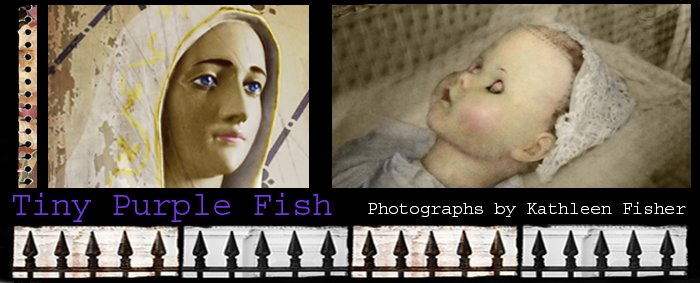 As I worked on this image today, I pondered Mary’s blue eyes. As a Jew in ancient Palestine, surely the eyes of the mother of Jesus would have brown? So I did a little web surfing and discovered this part of the world was the gateway into Africa for migrants and traders, which means Arab, black African, Roman, Greek, Indian and Persian faces were seen everyday.
As I worked on this image today, I pondered Mary’s blue eyes. As a Jew in ancient Palestine, surely the eyes of the mother of Jesus would have brown? So I did a little web surfing and discovered this part of the world was the gateway into Africa for migrants and traders, which means Arab, black African, Roman, Greek, Indian and Persian faces were seen everyday.Having said this, in 2002, forensic artist Richard Neave created a picture of Christ using two starting points — a real Israeli skull from ancient Palestine and the assumption that Jesus looked like a typical peasant of the day. The result is olive skin, black curly hair and a big nose. What’s more, Neave says Jesus was probably only 5”1’. This hardly fits with the movie star looks and muscle-man proportions most of us expect from the saviour of the world!
If we believe Neave’s rather convincing reconstruction, the law of genetics tells us that Mary really could not have possessed the gorgeous baby blue peepers she has in western mythology.
So where do they come from?
Ah, how I love Google. Mary’s eyes, and indeed her mantle, are traditionally the colour of lapiz lazuli, a deeply-saturated blue stone that has been revered since ancient Egypt when Cleopatra ground it into eyeshadow and the dead were buried with a chunk carved into the shape of an eye to ensure great power in the afterlife. Later, people believed the stone could heal boils and ulcers, or encourage friendship and truth. How fitting that artists should use this colour to associate the mother of the son of God with beauty, royalty, heavenly glory, healing and truth.
However, lapis lazuli does more than symbolise Mary’s attributes — it also literally portrays her. The Reverend Johann Roten, SM, Director of the Marian Library-International Marian Research Institute at the University of Dayton says Mary’s dark blue mantle, and presumably equally blue eyes, first appeared in the Byzantine era, around 500 AD. This is also the time artists discovered they could turn ground lapis lazuli into blue paint, notably the colour we now know as ultramarine.
This picture started as a snap of an icon of Mary in St Patrick’s Catholic Church, Boorowa. In Photoshop, I converted it to monochrome and then re-added snatches of colour, along with a sun-faded glow. The aged texture is inspired by Linda Plaisted and Tracy Wallace. A special “thank you” to Tracy, who emailed me a texture sample, which I used as a springboard to create my own using acrylic paint on foam core and a more than healthy dose of sand-papering.


1 comment:
Kathleen: Thanks for stopping by my corner of the blog universe. I learned something in your post - this tiny purple fish is a one-stop font of art history, photoshop wonders and creative story telling.
Post a Comment